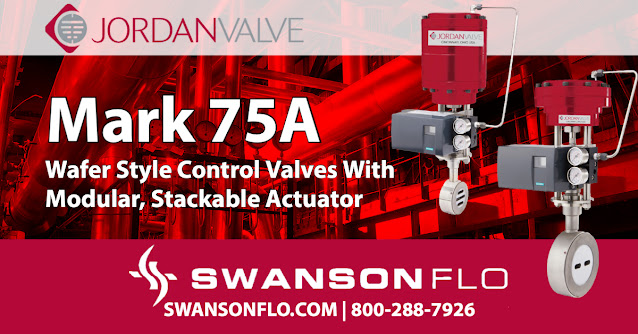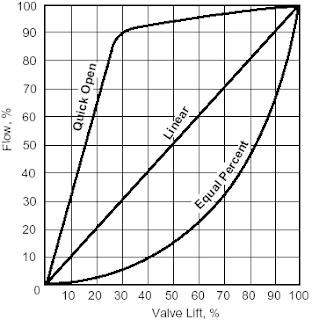Jordan Valve Introduces the Mark 75A Wafer Style Control Valve
Jordan Valve designed the Mark 75A as the next generation of control valves with its modular, stackable actuator. The Mark 75A incorporates a modular, stackable actuator to reduce weight and footprint dimensions further while providing additional torque and all of the benefits of the time-tested Sliding Gate seat design in a lightweight, compact body. The Mark 75A, which is available in 1" through 6" (DN25 - DN150") sizes, is a high-value solution used in a variety of applications.
DOWNLOAD THE MARK 75A DATA SHEET HERE
Mark 75A Advantage: An Actuator with Modularity and Stackability
The new actuator design has an effective diaphragm area of 25 square inches per module and can be stacked to increase the total effective area to 50 or 75 square inches. The use of aluminum in the construction ensures a lightweight automated package.
Mark 75A Advantage: Less Weight
The Mark 75A has a significant weight advantage over other valve designs. A 4" Mark 75A with a 75M actuator weighs 27 lbs. Because of the lightweight and reduced envelope dimensions, transportation, installation, and support costs are lower.
For more information about the Mark 75A in Wisconsin, Indiana, Minnesota, South Dakota and North Dakota, contact Swanson Flo. Call them at 800-288-7926 or visit https://swansonflo.com.














